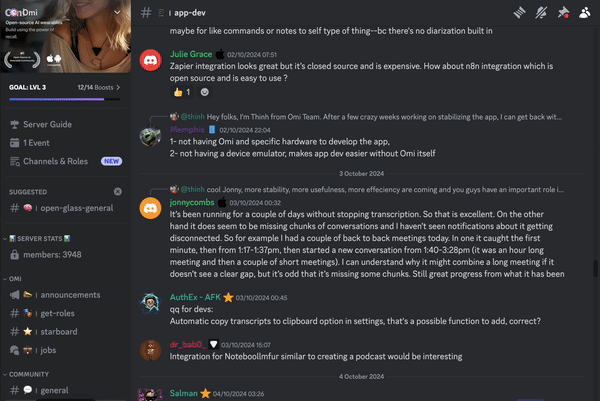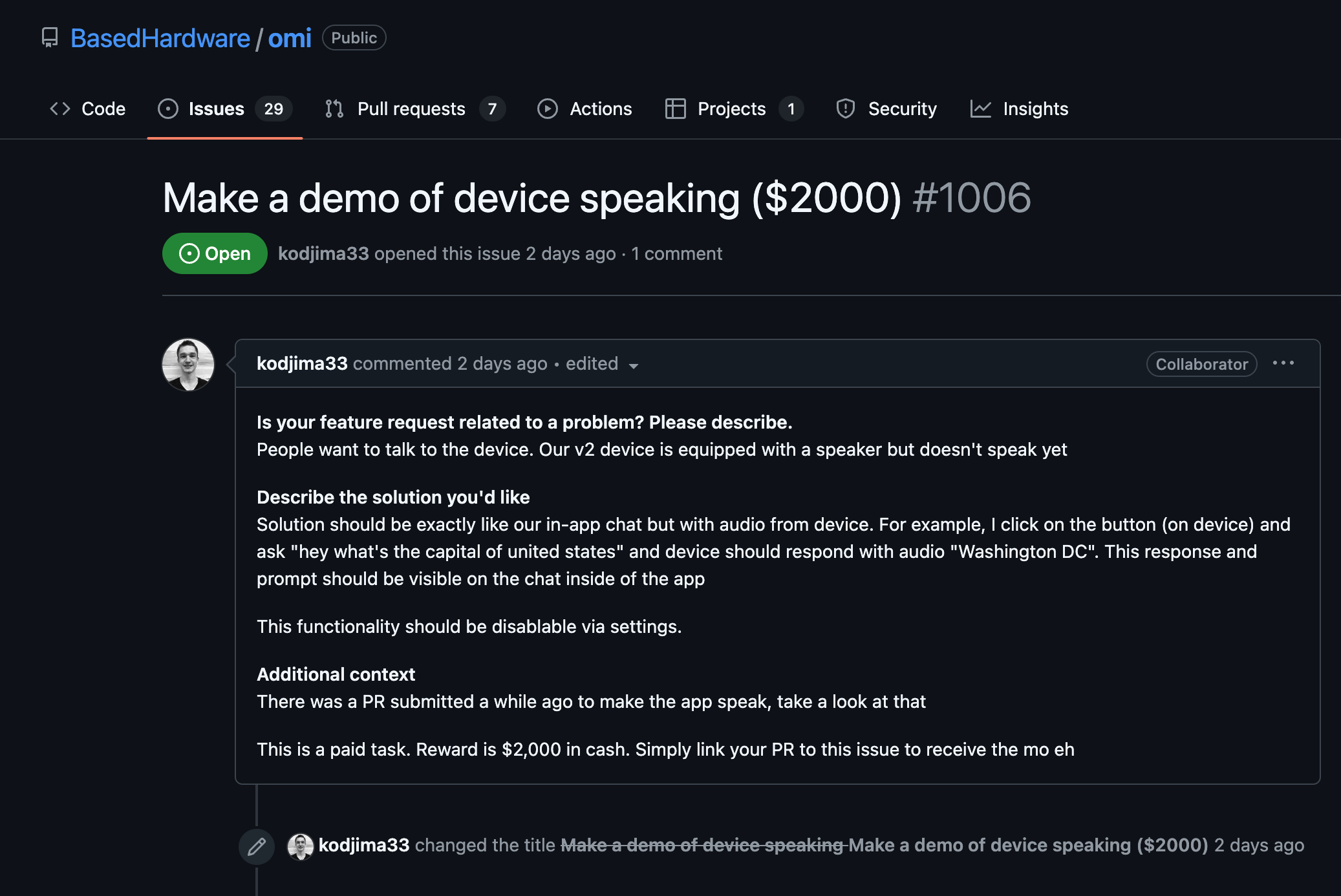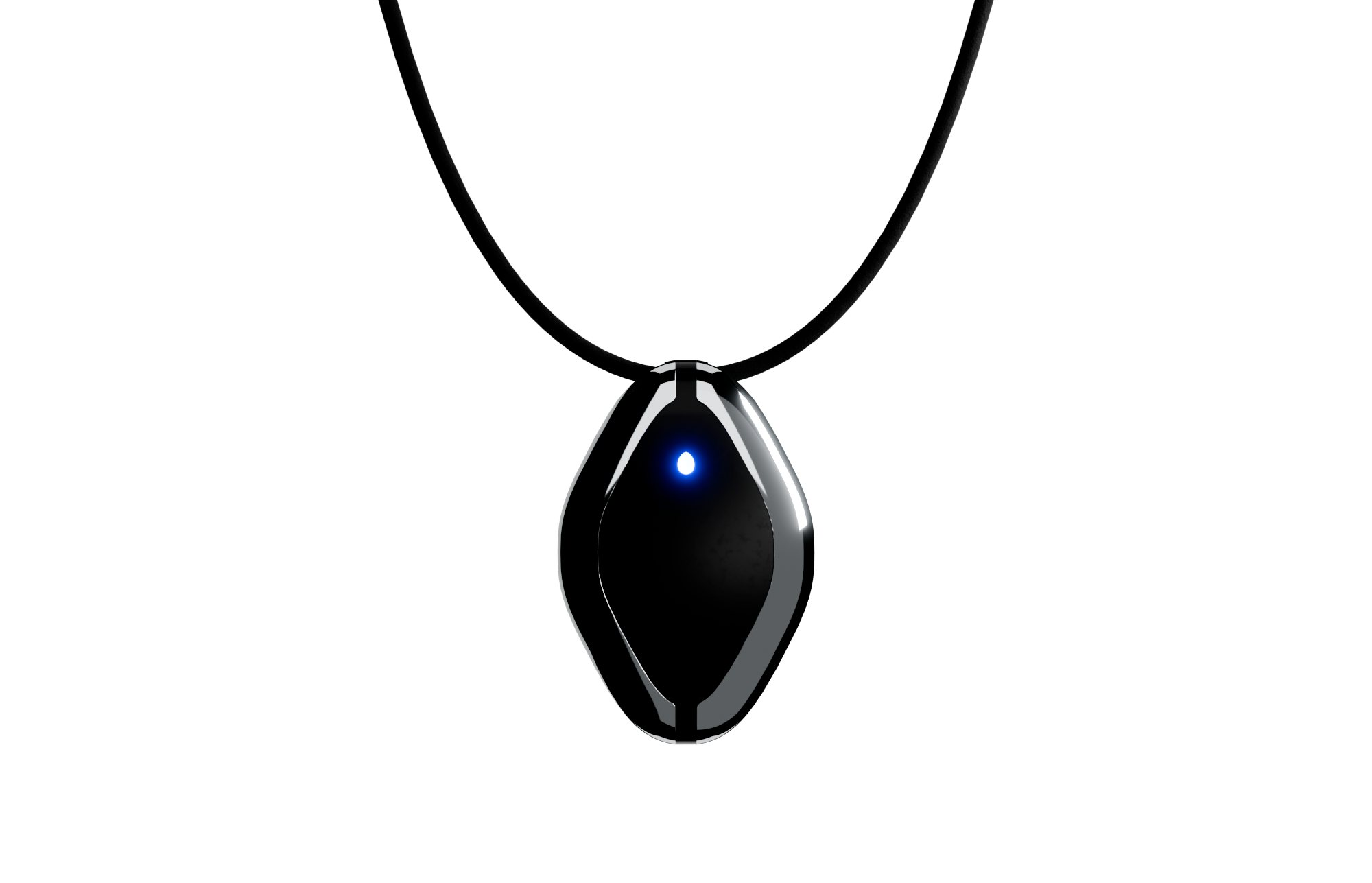Turn Off Always-On Display
- Go to the Watch app on your iPhone.
- Select Display & Brightness.
- Turn off Always-On display to help conserve power.
Reduce Wake Screen Time
- Open the Watch app on your iPhone.
- Select General.
- Tap Wake Screen and choose a shorter wake time, like 15 seconds.
Disable Background App Refresh
- Access the Watch app on your iPhone.
- Tap General and then Background App Refresh.
- Disable refresh for all apps or only for specific ones that you deem unnecessary.
Optimize Notifications
- Open the Watch app on your iPhone.
- Select Notifications.
- Limit notifications to only essential apps to reduce battery usage.
Update Watch Software
- Ensure your Apple Watch is updated to the latest software version.
- Open the Watch app on your iPhone, go to General, then Software Update.
- If an update is available, install it to potentially fix battery issues.
Remove Unused Apps
- Delete unused or rarely used apps directly from your Apple Watch.
- Press and hold an app icon until it jiggles, then tap the small "x" to delete.
Restart Your Apple Watch
- Press and hold the side button until you see the power off slider.
- Drag the slider to turn off your watch.
- Once off, hold the side button again to restart it.
Limit Use of Battery-Intensive Features
- Consider reducing the use of power-hungry features like LTE, GPS, and Bluetooth, when not necessary.
- Use Wi-Fi and airplane mode when possible to save battery life.
Reset and Restore
- If the problem persists, try resetting your Apple Watch.
- Go to Settings on your watch, navigate to General, then Reset, and choose Erase All Content and Settings.
- After resetting, pair your Apple Watch again and restore it from a backup if needed.
Contact Apple Support
- If none of the above steps work, contact Apple Support for further assistance.
- You might need a battery replacement or other hardware fixes under warranty or AppleCare.























